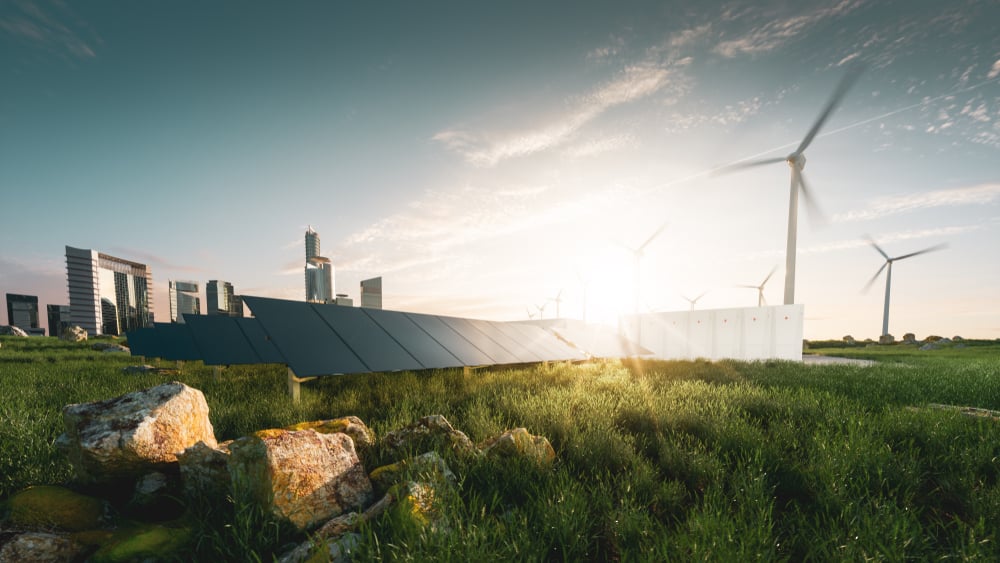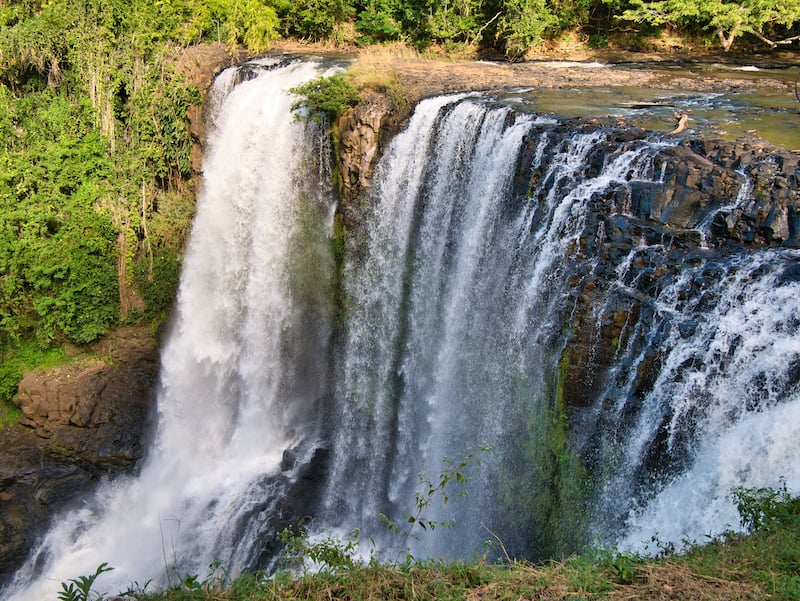Carbon Neutrality
Unlock the promise of technology and ensure a sustainable future.
To identify, measure, and reduce Meridian IT Australia’s environmental impact as it relates to greenhouse gas emissions globally with the goal of being a carbon-neutral organisation offering a more sustainable world for our employees and customers.
Calculate and monitor our carbon footprint against global standards and methods

Establish a support network to control and drive our Carbon Neutral Program

Implement sustainable initiatives and offset programs to achieve our Carbon Neutral footprint

Provide effective communication channels with our employees and customers


Assessed and calculated baseline global carbon footprint via certified third party.
Appointed a Global Environmental Officer to lead carbon neutral initiatives and accountability.
Partnered with accredited carbon neutral offset programs, including VCS and Verra to immediately begin offsetting footprint.
Introduced a Global Environment and Sustainability Policy to ensure future accountability and progress. Achieved Carbon Neutral Global Status.
Continue to reduce our operational carbon footprint to reduce the need for future carbon balancing, and report global tCO²e figures to the UN’s ‘Climate Neutral Now’ program and to the Carbon Disclosure Project (‘CDP’).
One of the largest carbon emission reduction programs in Cambodia’s land use sector and a critical role in REDD+ success, a part of the country’s commitment to reduce carbon emissions under the Paris Climate Agreement.
Carbon revenues address conservation & climate with area management, enforcement and monitoring tools and technologies. Formalise land and resource use rights for local communities. Market development to diversify income streams through ecotourism, markets & non-timber forest product.
Home to critically endangered primates like the black shanked douc, the iconic Asian elephant, as well as the ancestral and contemporary home of the indigenous Bunong.
The Katingan Restoration and Conservation Project protects and restores 149,800 hectares (370,163 acres) of peatland ecosystems.
With 34 village settlements in the area, the majority make their livelihoods from activities like fishing, food production, rubber tapping and rattan cultivation.
This area has high biodiversity, with at least 144 tree species and endangered faunal species, such as orangutangs.
The project uses its ERC license to block others from converting the land for other uses, protecting the integrity and avoiding future emissions.
Metric tons of carbon emissions offset
Animal species protected
Plant species protected
Indigenous people in more than 50 villages supported